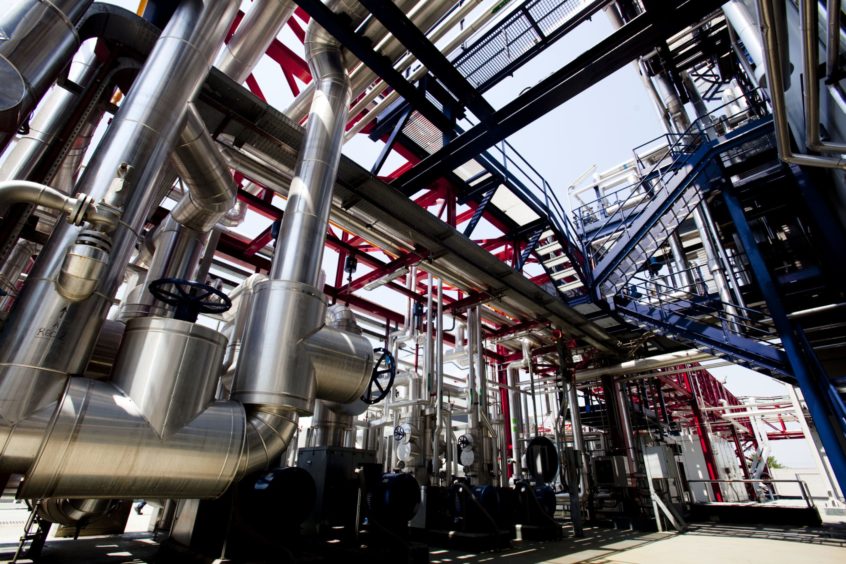
Hydrogen is ubiquitous in the energy media with most articles hailing its virtues. When combusted there are no carbon emissions and it can be stored for future use. Both these features are ideal qualities in the transition to net zero.
A concept frequently touted by many energy organisations is to use renewable energy to electrolyse water into its elemental parts – hydrogen and oxygen. Furthermore, in times where there is surplus renewable energy, to use that surplus to synthesise hydrogen and store the hydrogen for future use. The storage will provide an essential buffer in the variable seasonal and daily energy demands of households and industry.
Domestic and industrial space heating are a very large component of the UK’s overall energy use. Presently much of the UK’s space heating is provided by the combustion of natural gas. By displacing natural gas with hydrogen a large proportion of the UK’s carbon footprint can be removed.
Many commentators claim that no other low carbon option can offer the at-scale energy storage required for space heating that hydrogen can provide. But I’m not so sure.
Other options for storing green energy are – hydro, batteries, bio-fuels, thermal, fly-wheels, gravitricity – but most of these are not considered to offer the scale the UK requires. They are generally viewed as niche applications.
However, I believe we may be overlooking the scale and energy efficiency benefits of thermal storage in combination with heat pumps and district heating.
Returning to electrolysis to produce hydrogen for storage and space heating. For every 100 Watts of renewable energy produced around 30 Watts will be used to produce hydrogen via electrolysis, hydrogen transportation and storage will consume a further 7 Watts and the final combustion process will be around 90% efficient. The upshot being that of the 100 Watts delivered by renewables around 58 Watts will end up as heat.
Deliver 100 Watts of electrical power to a heat pump and the thermodynamic cycle used by the heat pump will multiply the electrical power to around 400 Watts of heat. The 400 Watts can be used to heat water with the hot water used directly for space heating, or to hot water storage for future use as per hydrogen. If we conservatively assume that the losses in the storage and distribution of hot water are 40% then the useable power for heat is 240 Watts. That is four times more energy efficient than hydrogen via electrolysis.
Putting it another way, we need a renewable power plant four times the size of the heat pump, district heating system if we use hydrogen for space heating.
The heat pump and hot water storage route is not new thinking; Vojens in Denmark installed a 200,000 cubic metre hot water pit in 2016.
Tom Baxter is visiting professor of chemical engineering at Strathclyde University and a retired technical director at Genesis Oil and Gas Consultants
Recommended for you
